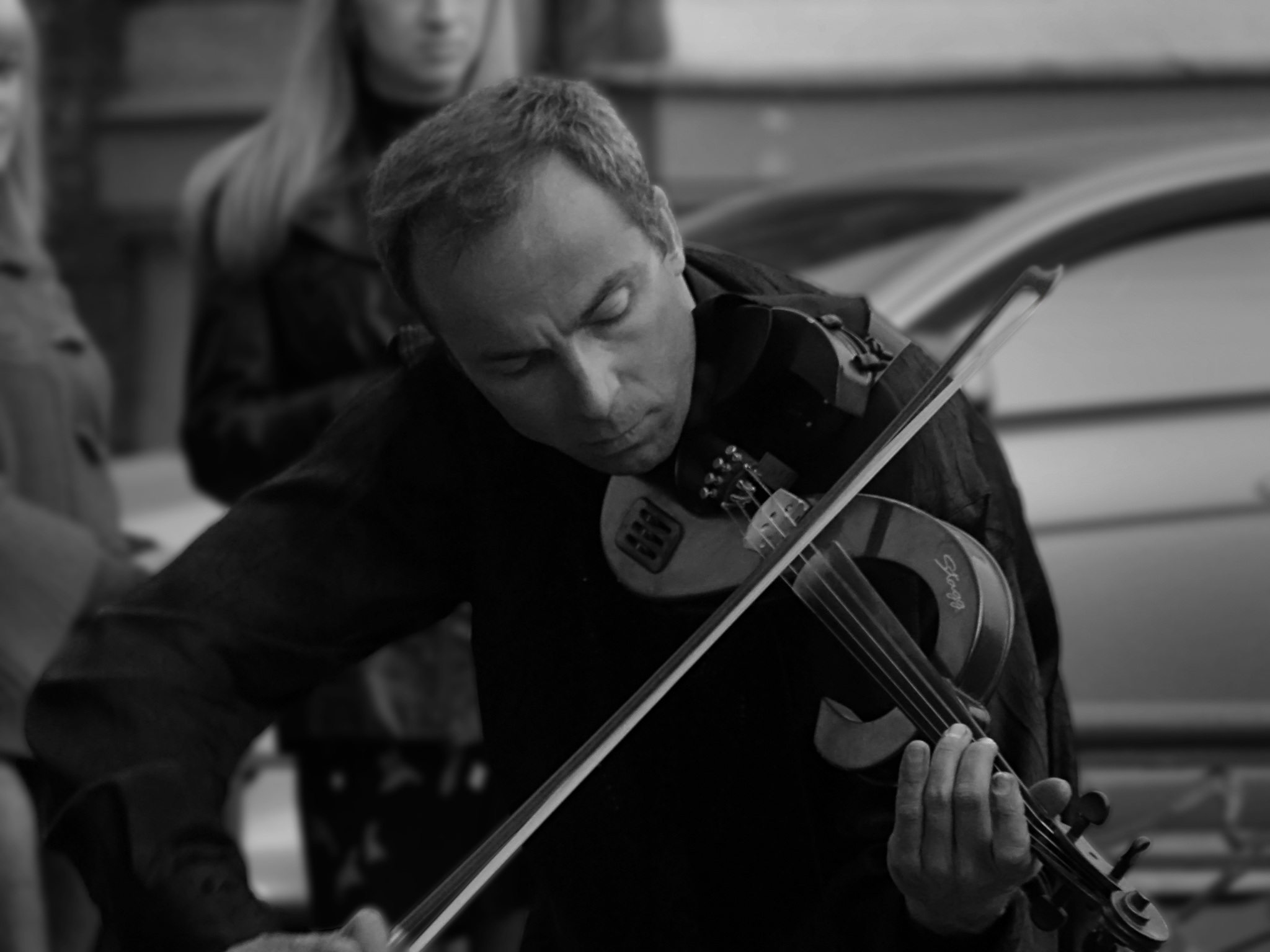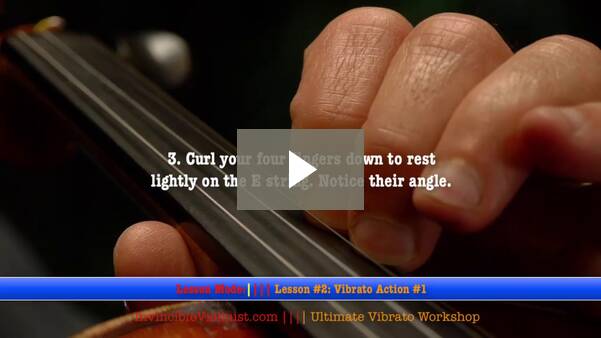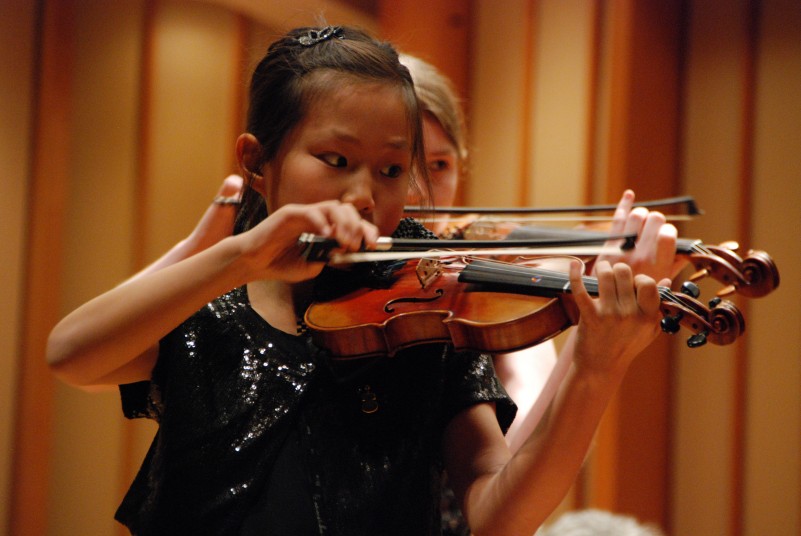Umm, hello! It’s like the second song in Suzuki violin lesson Book 1. It’s about as simple as tunes come: a nursery rhyme. And already someone is telling you how to practice it! Lucy said it best; “Good Grief!”
How to Practice Wrong
It’s easier to talk about what good practice isn’t. If you or your child is doing any of the following, there’s going to be a problem, sooner, rather than later.
1. Practicing without a specific end goal in mind.
2. Failing to use proper posture in the legs, torso, head, violin hand or bow hand
3. Allowing any tension, anywhere in the body
4. Producing a poor tone quality
5. Allowing the song interpretation to sound plain or bland
6. Practicing only one way, that is without a range of practice strategies.
The sad truth is that many if not most beginners will get not just two or three but all six of these points wrong. Which is why so many young violinists wash out and quit before completing three or four of the Suzuki volumes. These practicing errors compound upon each other, making things unpleasant for player, teacher and audience alike. Ouch!
Right Practice: Hacking Your Practice Routine
It’s hard to imagine, but even a five year old can practice like a seasoned pro. Really. And even on a song as simple as Lightly Row! Here’s how it might look at its most basic level:
Goal: Place fingers 1, 2 and 3 on A string accurately at least 9 out of 10 times
Tactics:
1. “Twinkle” the notes; play each consecutive note in a twinkle rhythm.
2. “Take Away” the rhythms, so that each note is of the same duration
3. “Add-On” the notes. Start with one note, then play two, three, etc.
4. “Stop and Go” the song. Stop whenever need to place a finger.
5. “Cherry Pick” the notes. Leave out the difficult notes to be added later.
Strategy: Choose from any/all tactics to meet your 9 out of 10 goal every time you practice. It’s a success mindset that gives you confidence and ease. And it’s the same process a pro might use to practice a concerto or symphony. It’s systematic, challenging and fast moving. You’re never bored.
***
So Misunderstood! The Difference Between Practicing and Playing
It’s a common mistake. Practicing isn’t meant to teach you songs. It’s simply a system to meet specific goals as quickly, easily and accurately as possible. So it’s a very structured activity that often sounds nothing like the final result you have in mind. Some common goals for Lightly Row violinists might be:
1. Pinky curved and on top of bow for the entire song
2. Be able to identify 7 notes that require a slow bow, instead of a quick bow
3. A ringing tone is heard each time 3rd finger is played
Simply practicing by playing through the song over and over will reinforce whatever playing habit is already in place, good or bad. Yes, repetition does work for you, or against you.
Moreover, I won’t waste violin lesson time teaching a student the notes of a song; that’s a baseline activity that must happen at home through repeated listening and experimentation on the instrument. The bones of the song must be in place before the lesson begins, and before the real practicing commences.
***
Ready to hack your own practice? Begin by making a plan similar to the one above. Choose goals that give you a sense of ease and bring out the unique character of the song. Find goals for a rich tone, and a beautiful posture. Most of all, realize that you are practicing, not performing, not learning the notes of the song. You are creating your musical future, one note at a time.



